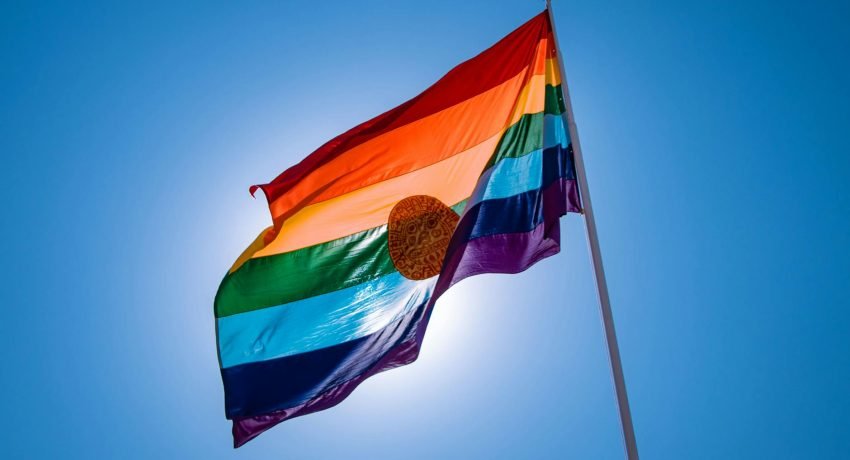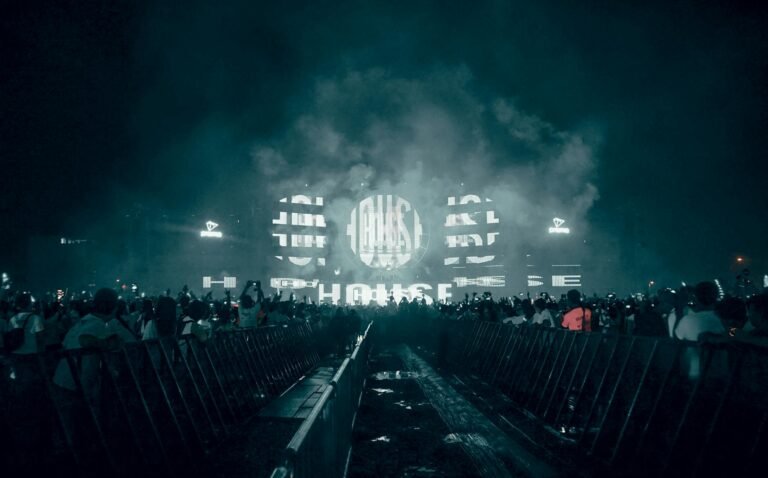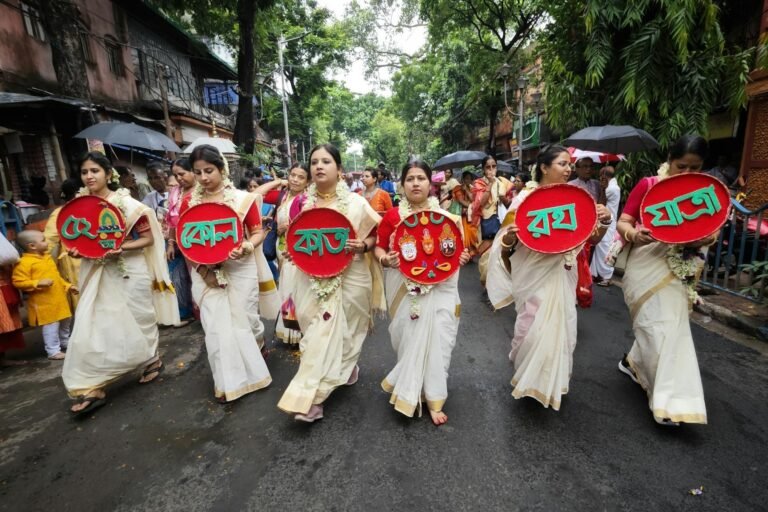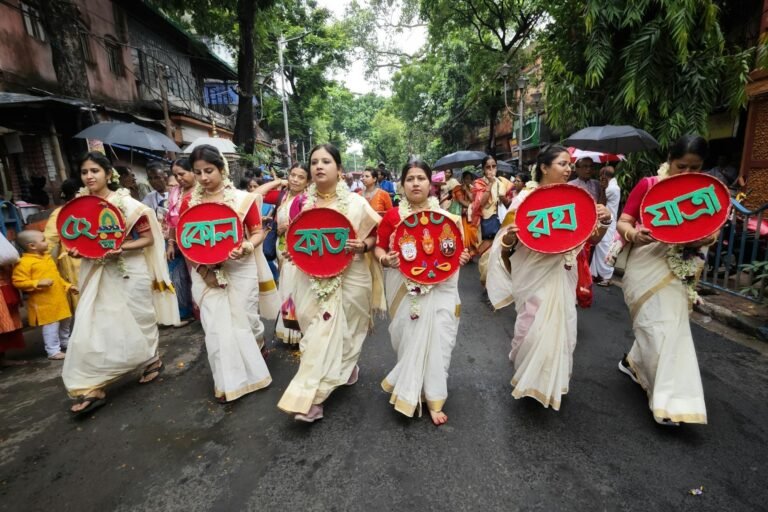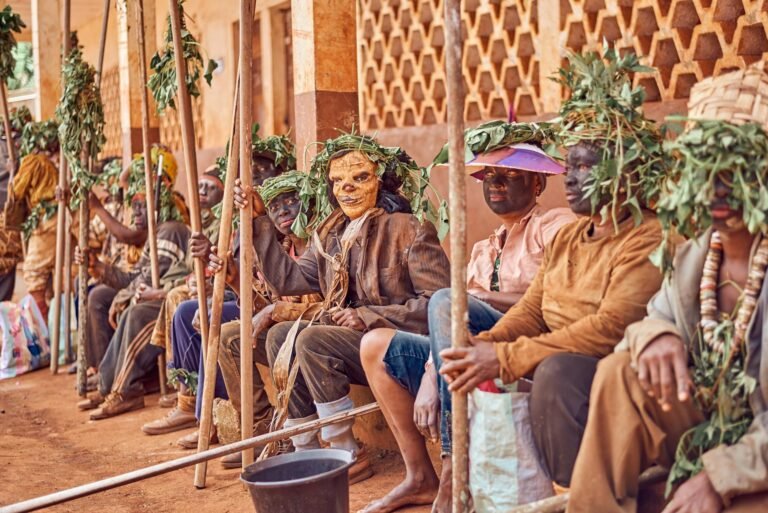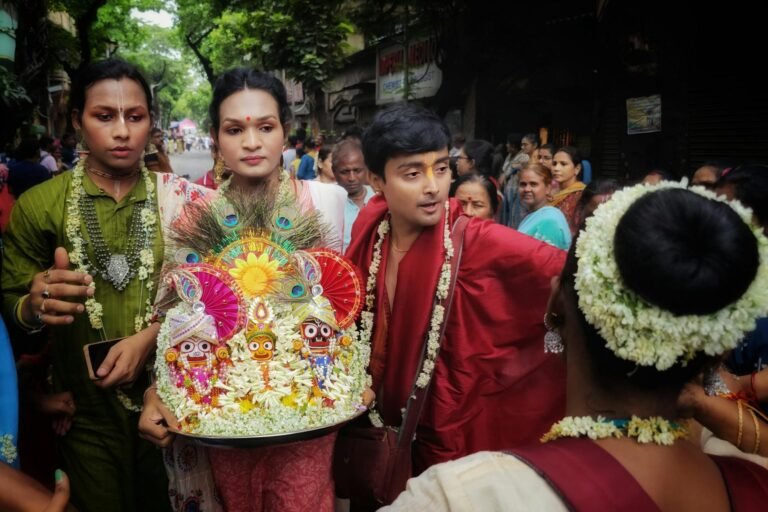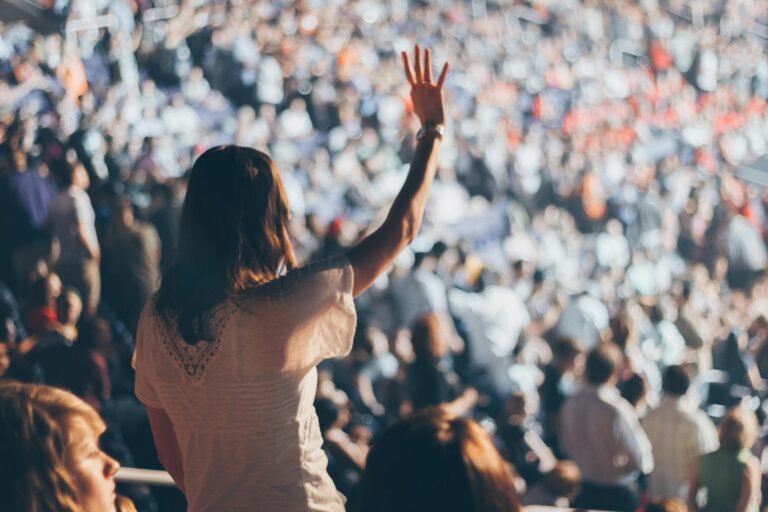Evolution of Music Festivals
Peeking into the world of music festivals is like watching history throw an epic party—from ancient gatherings to today’s electrifying events.
From Ancient Greece to Modern Era
Picture it: 582 BC, Ancient Greece. The Pythian Games were the Glastonbury of their time, only with more tunics and fewer mobile phones. Held every four years, these events were a smorgasbord of arts—from poetry to music—honouring Apollo, the artsy deity himself. Fast-forward a couple thousand years to the 17th century, and you’ve got classical music festivals. If you weren’t an aristocrat, you probably weren’t getting in. It was all about fancy tunes for the fancy folks.
Rise of Rock Festivals
The First World War threw a wrench into things, but out of the chaos came something beautiful: music festivals for the masses. Jazz came wailing through like a mighty saxophone solo, giving folks something to latch onto during tough times. Jazz and folk turned into the soundtrack of defiance and hope, and music festivals started opening their doors to everyone.
Music festivals have come a long way since then, tearing down walls and reshaping how we get our musical fix. They’re more than just events; they’re the rhythm of humanity’s coming together. Keep your dial tuned for more on the history of the Story Land Music Festival and see how the beats of yesterday play into the festivals of today.
Landmark Rock Festivals
If you’re into music, digging into the backstory of rock festivals becomes your backstage pass to understanding how these music-crazed gatherings evolved. Two festivals in particular, KFRC Fantasy Fair & Magic Mountain Music Festival and Monterey International Pop Festival, played starring roles in this encore.
KFRC Fantasy Fair & Magic Mountain Music Festival
Back under the summer sun of ’67, nestled on Mount Tamalpais in sunny California, was the KFRC Fantasy Fair & Magic Mountain Music Festival. This one, on June 10-11, was a real trendsetter for rock festivals in the U.S. It set off the vibes for the 1960s counterculture burst. A wild mix of artists and bands strutted their stuff, pulling in music lovers from all over who were hungry for some tunes and togetherness (Wikipedia).
Monterey International Pop Festival
Right after the Fantasy Fair, the groove continued with the Monterey International Pop Festival on June 16-17, 1967, in Monterey, California. This one was a game changer, shaking things up in the music world forever. With performances from legendary artists, it drew in a sea of fans and planted its flag as a must-remember event in music lore.
These rock festivals left footprints in the sand for future music fests, showing how music can unite us, no matter the walk of life. When you look at these historic shindigs, you get a deeper appreciation for their cultural punch and the musical creativity that still gets crowds grooving across the globe.
Iconic Music Festivals
If you’re curious about the world of iconic music festivals, you’re stepping into an adventure full of rhythm, culture, and transformation. Let’s take a look at spectacular events like the Monterey International Pop Festival and Tomorrowland, which have changed the way live music is experienced.
Monterey to Woodstock
The summer of ’67 shuffled the music scene like never before. If you were around Mount Tamalpais back then, you would’ve caught wind of the KFRC Fantasy Fair & Magic Mountain Music Festival or the legendary Monterey International Pop Festival. These gatherings kicked off a wave of rock fests that became the heartbeat of the ’60s counterculture.
Fast forward to August ’69, and you’d find yourself on a farm in Bethel, New York, grooving at Woodstock. Over half a million music lovers flocked there, regardless of mud and last-minute hiccups. Woodstock wasn’t just another gig—it was a movement. Its message of peace, love, and mind-blowing vibes echo in pop culture even today.
Tomorrowland and Its Impact
Zoom into our times, and you’ll encounter Tomorrowland. This Belgian extravaganza flips the script on traditional festivals with its dazzling setups and high-energy EDM spread. Tomorrowland isn’t just about music; it’s about creating a wonderland where tunes meet technology, making it unforgettable for the global crowd it attracts.
But Tomorrowland goes beyond its beats. It’s about connecting people through live streams, jaw-dropping stage designs, and creating a sense of belonging through shared experiences. The festival mixes sound, story, and spectacle to offer something more than just a concert—it’s an escape into another world.
By revisiting the legacy of Monterey, Woodstock, and Tomorrowland, you can see how each festival has left its mark on music history. Those stages have been more than just platforms for artists—they’ve been catalysts for cultural conversation, inspiring festival lovers everywhere and setting the rhythm for future generations.
The Woodstock Legacy
When you delve into the history of the story land music festival, it’s hard to overlook the legendary Woodstock – a gathering that left a permanent groove on the music festival scene. Taking place on a dairy farm in Bethel, New York, from August 15-18, 1969, Woodstock was the ultimate symbol of the 1960s counterculture vibe (History.com).
Woodstock: Music and Magic
Woodstock was the brainchild of some young dreamers – John Roberts, Joel Rosenman, Artie Kornfeld, and Michael Lang, all under 27. Initially, it was supposed to be just a way to make some cash, but it grew into something much more meaningful. Despite facing a circus of chaos, like last-minute venue switches and wild weather, Woodstock shone as a haven of peace, love, and jams.
The organizers created more than just a festival; they crafted a vibe of togetherness and unity among the half a million folks who rocked up. The festival quickly became a symbol of the longing for social change and artistic freedom, offering hope and a sense of liberation for a generation ready to shake things up.
Music, Peace, and Getting Down
For such a massive crowd, Woodstock was calm and friendly. Known for its “three days of peace and music,” it featured unforgettable performances by legends like Jimi Hendrix, Janis Joplin, The Who, among others, making a lasting mark on music festival history.
Woodstock’s vibe of acceptance and grit in the face of challenges solidifies its status as a historical milestone for future festivals. Its spirit still lights a fire in festival-goers today, showcasing music’s magical ability to bring together folks from all walks of life.
As you groove through the world of music festivals, keep the Woodstock spirit in your heart – proof of how tunes can cross divides and set the soul on fire.

